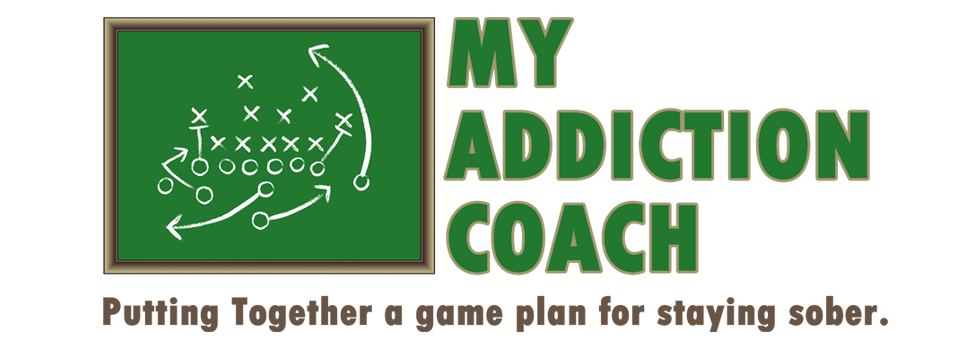
Contributing factors to addiction relapse could include:
1. Easily accessible addictive substances
2. Social pressures
3. Family or job-related stress
Ways to Handle a Relapse
A relapse is not an indication that the initial recovery failed. It simply means recovery is incomplete. It is normal to feel ashamed after relapse; however, this should not stop you from seeking further treatment.
Re-admittance is not always a requirement for relapse. However, the treatment typically includes a complete evaluation to establish what triggered the relapse. The following steps should be taken if you relapse:
Get In Touch With Your Sponsor
Reach out to your sponsor via their contact information. This individual should be able to assist you in deciding the next steps you should take.
Change Your Focus
Breathe, relax and refocus. If your recovery involves keeping a journal, use this time to express your frustrations and thoughts while you regroup.
Begin Again
There are cases in which the initial program did not work out because it was not structured based on the needs of the addict. Therefore, think about enrolling into another inpatient program that is more specifically geared towards your needs.
Reflect and Gain Knowledge
You have already gone through treatment and as such, you are knowledgeable about relapse triggers. Be completely honest and find out what possibly contributed to the setback.
Seek Reassurance
If a relapse occurs, family and friends can be a great source of support and comfort. However, if they cannot provide reassurance, encourage yourself into realizing that a setback is different from failure.
If you go back to an inpatient facility after relapsing, you will not be judged. Relapse is not a unique phenomenon and it happens to many individuals who are recovering from drug and alcohol abuse. Successfully managing your addiction is the key to preventing a relapse.







